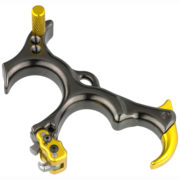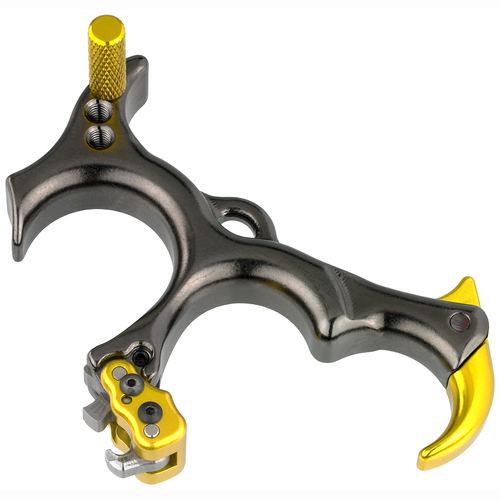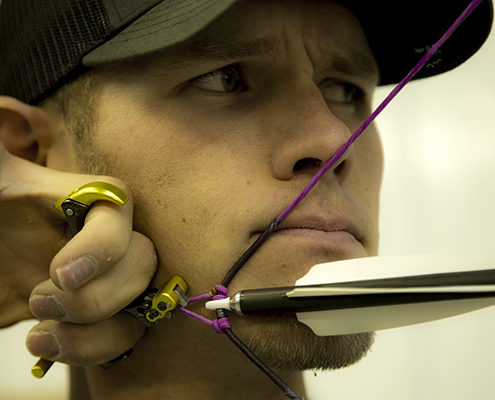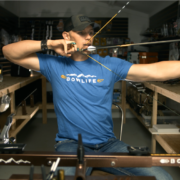Why You Might Consider Using a Back Tension Release
Back Tension Release | The Pros and Cons of Archery Releases
Being an effective and accurate archer is more complex than you might expect at first glance. From the size and weight of the arrows that you shoot, the anchor point, and your form and follow through, everything must work together in unison to achieve consistent accuracy. Understanding not only how your bow operates, but also how your accessories and gear can impact your accuracy, is a big part of being a stable archer. Whether you are simply focused on bow hunting, or are engulfed in the world of competitive archery, there is a wide selection of bow releases available on the market today. From thumb trigger releases to caliper style releases, there is no doubt that all have their positives and negatives. Back tension releases are becoming more and more popular with both the bow hunting and competition communities.
Back tension bow releases certainly have their benefits in contrast to other styles of bow releases, and here are a few archery tips and that can help you decide if a back tension bow release is right for you.
“No Go” or “Gone”
Caliper and thumb button style bow releases are certainly popular among both the competition and archery hunting communities. Both are effective bow releases, and can certainly help you get the job done. However, one drawback that both of these releases have is the opportunity for the user to “punch” the trigger. Punching the trigger is a term that simply means that there is no real ability to apply gradual pressure to the trigger mechanism on the release. I like to explain this style of release as “no go” or “gone”.
What I mean by that is there is no middle or gradual slope to get to the actual point of release. Imagine the operation of this style of release as jumping straight off a cliff to get to the bottom of it. There is no gradual slope, no parachute, you just have to jump. That “jump” can cause the user to “punch” the trigger as soon as the pin has settled on the target. This can often lead to inaccurate shot placement which is a negative on both the range and in the woods.
The back tension bow release allows the shooter to apply gradual and steady back pressure once the pin as settled on its mark. The ability to calmly “squeeze” the trigger can help improve accuracy and can even serve to calm and relax a shooter, which can also help to improve accuracy.
It Rubs Off
It is true that not everyone who shoots competitively will use the same bow release for both hunting and competition. That is completely understandable. That said, if you find yourself looking for a new way to increase your accuracy at the range, then consider moving towards a back tension bow release. The simple reason is that using a back tension bow release can help improve your mechanics and timing when it comes to shooting your bow. Even if you move back to a caliper release for the hunting season, shooting a back tension bow release during the off-season can help you understand what that “perfect shot” feels like.
If you are looking for a way to improve as an archer, consider giving a back tension bow release a shot. I firmly believe that it will help you become a more confident and accurate shooter on the range and in the woods!
Find more archery tips, bow hunting tips, advice, and information here: https://www.bowlife.com/archery-tips-tricks-news/






